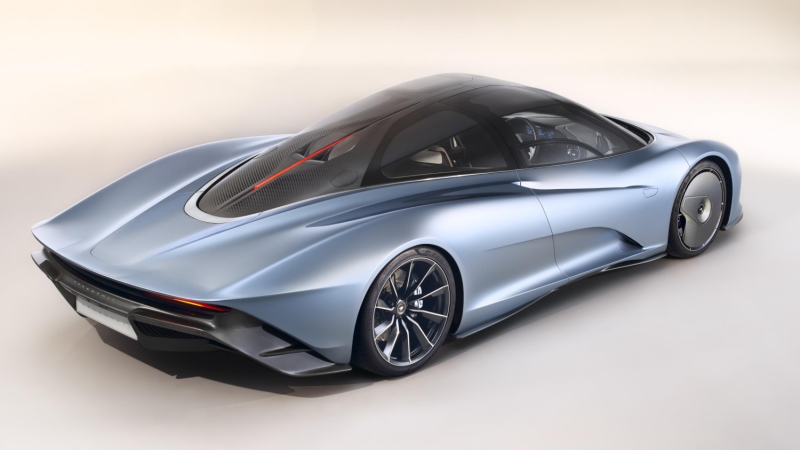Ever since McLaren stepped back into the game of making road-going cars in 2010 it never could avoid being in the shadow of the colossal achievement that was the F1. Though through the eight intervening years, McLaren Automotive had charted a clear and definitive course away from the F1’s legacy, there has always been a nagging question on the lips of pundits everywhere of when they will create something that will finally live up, or even eclipse, the brand’s great V12-progenitor.
Enthusiasts are nothing if not insistent, while one percenters are nothing if not ready to splash a few million on the next wheeled curiosity with a limited build number, and as such McLaren has decided that it’s high time to steer into the skid and have a crack at a 21st-century F1, which they deem as “the ultimate McLaren road car”.
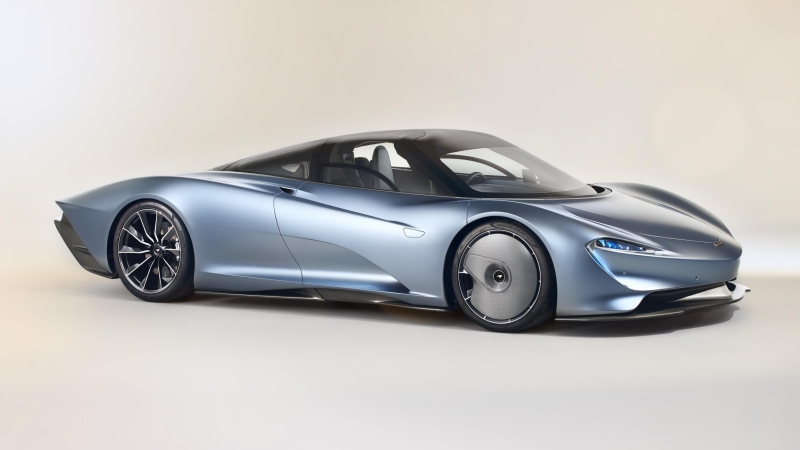
Christened the Speedtail, and priced at a lofty £1.75million, McLaren’s ultimate road car certainly has an incredibly sleek shape that is befitting of its slick name. While its massive 5.1-metre long body is a futuristic masterpiece stretched taut over art deco streamliner proportions, the part that certainly evokes memories of the F1 is the Speedtail’s central driver seating position that is flanked on each side by a passenger pew. Even the F1’s top speed crown of 386km/h in the McLaren family is now conceded to the Speedtail’s Veyron-rivalling 403km/h.
Though McLaren is tight-lipped on what sort of powertrain the Speedtail derives it 772kW output from, it certainly is no F1-like atmo-V12. What is known is that it will feature a hybrid combination of the same twin-turbo V8 used throughout the McLaren range that is paired with a yet specified number of electric motors. With a dry weight of 1430kg and a body built for aerodynamic efficiency, that grunt is enough to launch the Speedtail from a standstill to 300km/h in 12.8sec.
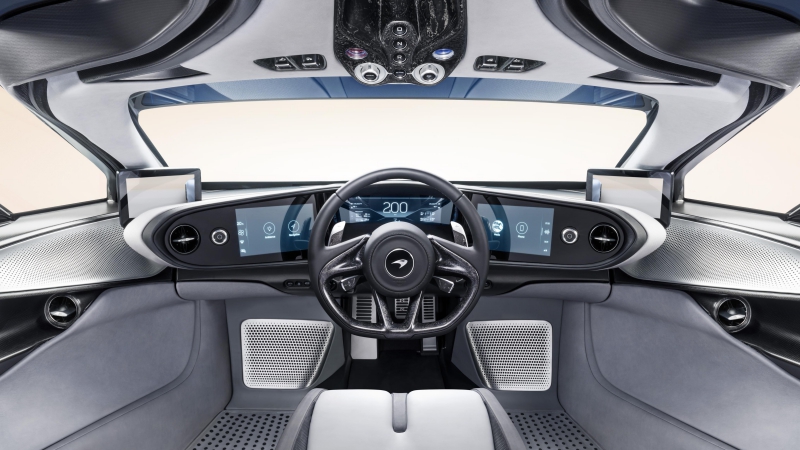
In an age where cracking the 400km/h region is becoming a tad commonplace, the Speedtail stands out from the crowd by employing a raft of interesting new tech that lends it its unspoilt streamline shape.
For starters it has no conventional wing mirrors, instead relying on a pair of retractable cameras. The front wheels are paired with static carbon-fibre aero covers that keep turbulence from building up and smoothes out the airflow to the rest of the carbon-fibre bodywork where every sculpted form serves an exacting function to ensure minimal drag while allowing just the right amount of air into the engine for cooling and combustion. Finishing off the spectacular bodywork at the tail are a pair of hydraulically active rear ailerons that bends – instead of move – thanks to the use of a flexible carbon fibre weave, eliminating any gaps that might interrupt its finely-tuned airflow.
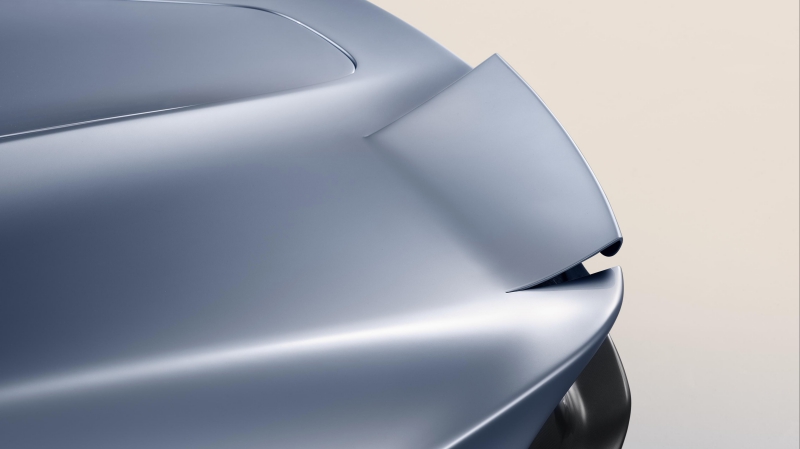
Built with the goal of being a “hyper-GT”, instead of being the ultimate track toy that was the Senna or the non-road legal P1 GTR, the Speedtail’s cabin is a wondrous amalgamation of exotic materials and exquisite finishings. Although the F1 was more functional than lustrous, it certainly has its sights aligned with the F1’s everyday practicality and blue sky thinking in its engineering.
That begs the question, is the Speedtail finally the spiritual return of the F1 that the devoted has been praying for? Not quite.
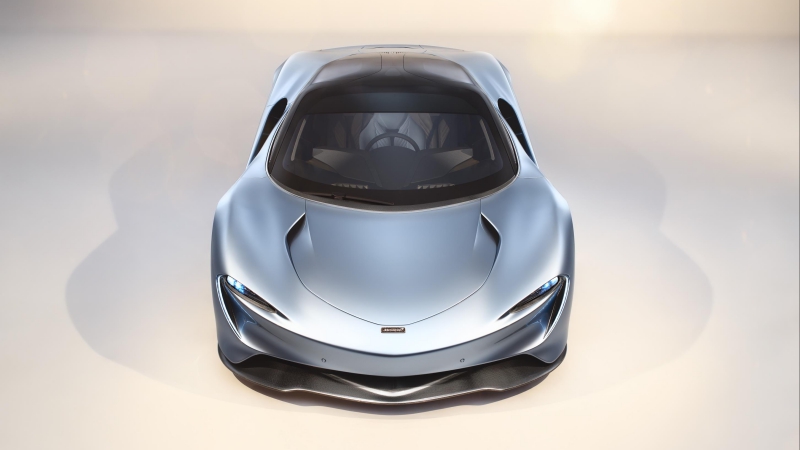
It doesn’t fall short of the F1’s legacy because of its lack of a screaming naturally-aspirated V12 in so much the same way its three-abreast seating doesn’t automatically make it a worthy successor. At its heart, the F1 was the result of the single-minded ambition of Gordon Murray to create the ultimate driver’s car. Every tasty pub fact mosel of the F1 was the result of Murray’s engineering and not a goal in the car’s repertoire itself.
It’s famed V12 was sourced from BMW after their Formula 1 engine supplier Honda backed away, its iconic central driving position wasn’t at all meant to be a “practical design decision”, but was born out of Murray’s obsession for the perfect driving position as centering the hot seat eliminates the pedal offset caused by the intrusion of the wheel well in cab-forward designs, and that lauded top speed was thanks to Murray’s obsession with lightweight and engineering packaging that delivered a light, aerodynamically efficient, and insanely compact supercar.

Strip the F1 of its titles and records for a moment and the laser focus of its purpose and the ingenuity of its engineering still holds it up as the ultimate driver’s car, instead of a collection of expletives. The Speedtail’s “hyper-GT” intent, cabin layout, and limited build number of a 106 will remind fans of the F1, but for what it represents, the luxury conferred to its cabin, and targeted top speed, it still stands in the vast shade of its ancestor.
In the grand scheme of things, something as momentous as the F1 would never be eclipsed, and that is perfectly fine, especially for the priveleged few who ponied up the millions to secure every example well before anyone outside McLaren could catch a glimpse of it in the metal.
